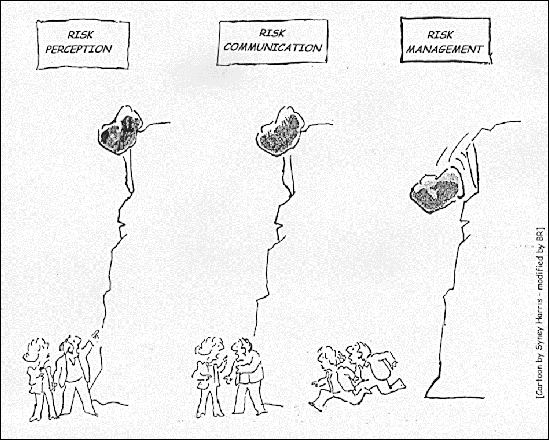GASP Position on DEP Air Studies
What We Can Learn From Pennsylvania DEP’s Marcellus Air Monitoring Studies
By Joe Osborne, Legal Director, Group Against Smog and Pollution
Last week the Pennsylvania Department of Environmental Protection released a study of air quality around Marcellus Shale operations in northeastern Pennsylvania. Here are some typical headlines from articles on the study: “Pa. DEP study finds Marcellus air emissions OK,” “DEP Says Air Near Marcellus Drilling Sites Is Safe,” or even “DEP finds no health threat from Marcellus air emissions.”
If those headlines are accurate, why do GASP and other environmental organizations keep going on and on and on and on about the massive quantities of air pollution that result from natural gas production? Both can’t be true, right? So what explains the discrepancy?
Limitations of the DEP Studies
First, as DEP acknowledges, the data collected during this study simply is not sufficient to support the bold, sweeping claims found in headlines like those I listed above. This study, as well as a similar study from southwestern Pennsylvania.
DEP released last fall, selected a few sites where natural gas activity was occurring and conducted air monitoring at each of these sites for no more than 5 days. The goal was to determine if any of 44 specific pollutants DEP selected were present in the atmosphere in sufficient concentrations that breathing that air for a short period (generally somewhere between 1 hour and 24 hours) would pose a threat to human health. So already some of the studies’ limitations are clear: between these two studies DEP has conducted monitoring at only 8 natural gas sites, never monitored at any one site for more than 5 days, and ignored the risks of long-term exposure to these pollutants. Are these studies useful? Absolutely, but they don’t justify a sweeping conclusion that natural gas operations pose no risk to our air.
In fairness to the journalists who reported on the DEP’s study, I should also note that the majority of news stories on the DEP’s studies also mention these limitations, but you have to make it most of the way through the typical article before they’re mentioned. And while I’m being fair, I should also mention that DEP acknowledges these limitations in the executive summaries to both of these studies (though press releases and public statements are another matter, which I’ll get to in a moment):
“Due to the limited scope and duration of the sampling and the limited number of sources and facilities sampled, the findings only represent conditions at the time of the sampling and do not represent a comprehensive study of emissions. While this short-term sampling effort does not address the cumulative impact of air emissions from natural gas operations . . . the sampling results do provide basic information on the type of pollutants emitted to the atmosphere during selected phases of gas extraction operations in the Marcellus Shale formation.”
There are also problems with these studies that DEP does not acknowledge… Read more by GASP




